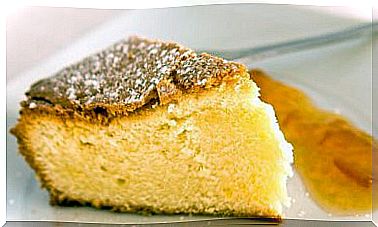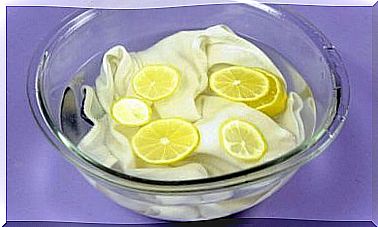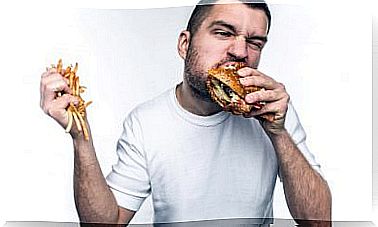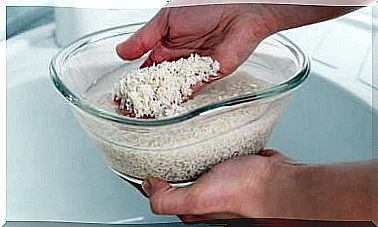What Is Hand-eye Coordination And How To Improve It?
Hand-eye coordination is a skill that allows activities to be carried out simultaneously and sends information to the brain about what we are doing.

Hand-eye coordination is the ability of our eyes to perceive movement and, in turn, direct and control a motor movement using our hands, in response to a certain stimulus.
This is possible thanks to vision, since it has different skills. Among them we find accommodation, convergence, binocularity and motor coordination when responding to a stimulus. The above abilities make it possible to focus, point with the eye and group objects.
These skills are usually acquired when we are little; for example, when we should try to color without getting out of line. Well, right at that stage the skills for good hand-eye coordination are acquired.
The vision identifies how far we can color to meet the condition set in the work. Thus, by means of the hands we can color up to where we had already identified.
Some examples of the use of hand-eye coordination
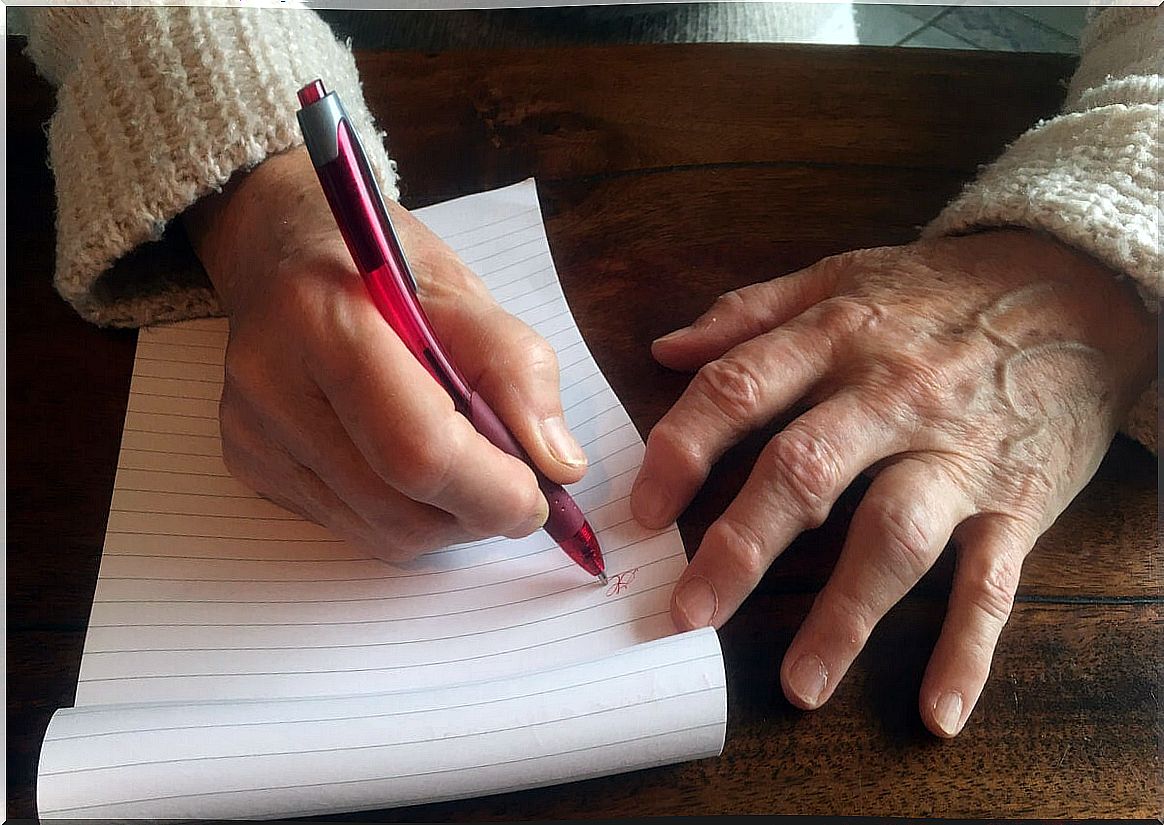
Here are some more examples of the use of hand-eye coordination to make it easier to identify and define this important concept:
- When we are babies and we struggle to reach an object: in this moment that usually occurs in the middle of the game, we are using our hand-eye coordination. Just when we identify the object we want and go for it.
- By using our proprioception: at that moment we are using our eyes to help our brain identify where our body is located in space.
- When we write: be it in our agendas or in any other space, our vision is giving us information about how we are writing and on which line we should write.
Development in age
We begin to develop hand-eye coordination from birth to seven years old. This is thanks to the fact that we begin to promote a vision that allows us to identify concepts of place and direction such as above, below, to the side, below or diagonally. Also the ability to climb, balance, jump, push, and so on.
Thus, little by little we can acquire skills and, when we grow a little more, we realize that we can perfectly use scissors alone. We call this fine or gross motor skills, when we make coordinated but broader movements. Examples of this are lifting a leg or even waving one of our arms.
When we are adults and work or do daily activities at home, we continue to use and practice our hand-eye coordination. When working on the computer, we use this skill because the eyes eyes guide motor movement, for example, to write.
Effects of aging on hand-eye coordination
When we age, the functions in various parts of our brain usually decrease as well as neuromuscular competence, since at this age we will not be able to do activities as fast as we used to. As this speed decreases, so does our vision.
Let us remember that the aging process is a natural process and is part of our life cycle, but it is inevitable that in this process there is a decrease in motor condition and vision that imminently affects hand-eye coordination.
Thus, as we are not as fast as before, we do not identify visual stimuli very well. To this can be added diseases that make this action more difficult such as cataracts, myopia and astigmatism. Muscle and arthritic health situations also influence.
When to see a doctor?
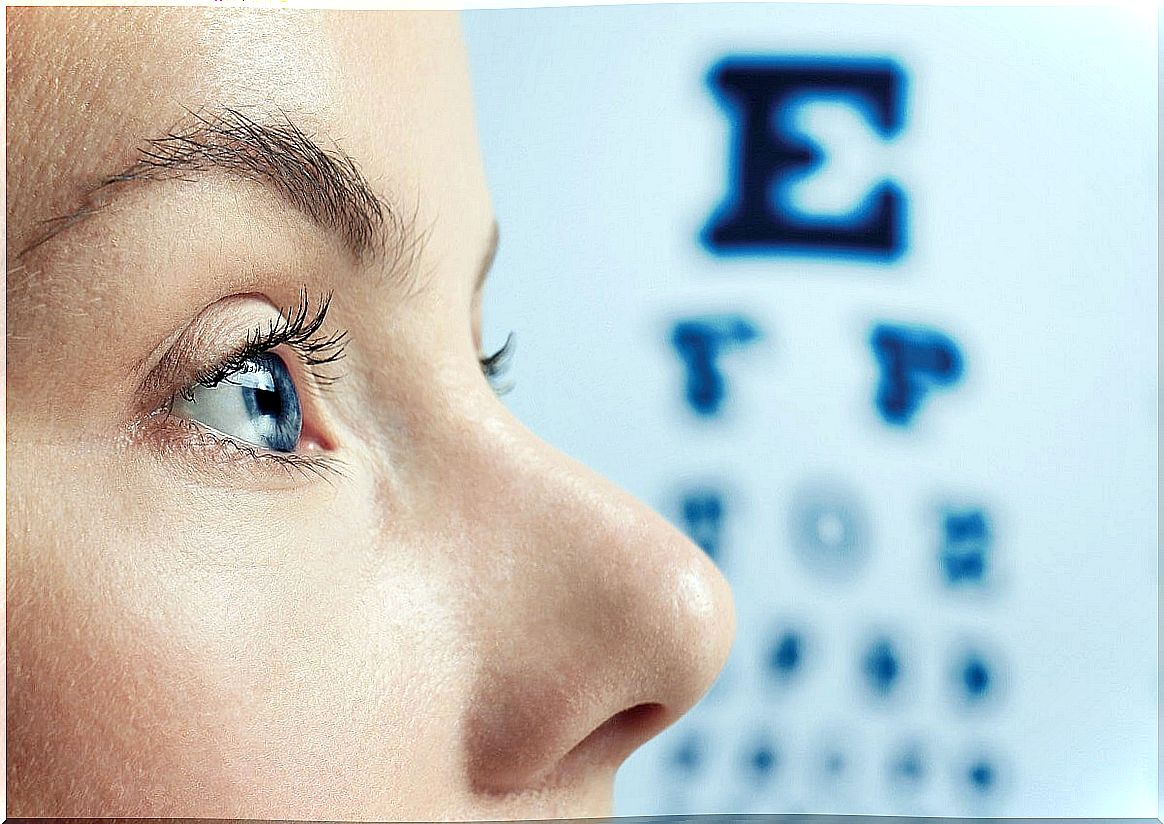
When we suffer from a visual disease such as myopia, glaucoma, astigmatism, cataracts or a movement disorder such as arthritis, osteoarthritis or muscle pain. It is necessary that we see a professional to provide us with tools or recommend exercises to improve hand-eye coordination, depending on our condition.
This is very important because when we suffer from any visual or motor limitation, hand-eye coordination is affected, since these two skills are essential for it to occur.
Now, if we notice that our children have any visual difficulties during their development or coordination problems, it is recommended to take them to a growth and development consultation. Identifying the limitation and working on it as soon as possible can help children grow with all of their abilities intact.
Pay special attention if children spend too much time in front of digital screens, since a study revealed that these devices can cause alterations in the visual and cognitive development of children under 3 years of age.
Activities to improve it
There are some activities like games and sports that can help improve hand-eye coordination. Here are some of them:
Playing sports with the ball
Playing sports or activities where a ball is involved, such as tennis, baseball and basketball, helps to focus attention on the ball to direct the hands where we want. Without realizing it, we will be exercising this ability.
We can also play with a ball, bouncing it off the wall. This, in addition to improving coordination, will help improve hand-eye coordination, ideal for children and adults.
Read daily
Reading a little daily will help train your eyes and keep your attention focused on the text. Also, if we can, it is important to write a little about the daily experiences on a piece of paper, since the eyes will guide the hands to make the lines we want and the eyes will be attentive to prevent us from writing outside the margin.
Play with puzzles
With this game we will help memory and we will also preserve hand-eye coordination, since the visual information perceived by the eyes must be processed very well and then the pieces fit perfectly with the hands.
Practice with the kids
There are activities that we can do together with the children, so we can improve this activity as a family. For example, identify the parts of the body and touch them synchronously. In addition to helping with hand-eye coordination, it will be very helpful for children to learn to identify their body parts.
Finally, let us remember that if we have children between zero and seven years old, it is also necessary to strengthen their gross and fine motor skills, go to annual visual checks and go to their growth and development consultations.
Hand-eye coordination: an indispensable skill

As we can see, hand-eye coordination is essential in carrying out various daily practice activities, both for adults and children. What’s more, we reinforce it day by day, even without realizing it when reading, writing, playing or even when bathing.
So when we see that, for some reason, hand-eye coordination is being affected, do not hesitate to visit the doctor, as it is important to give him a prompt solution. Remember that any visual or motor health situation can affect this ability.

